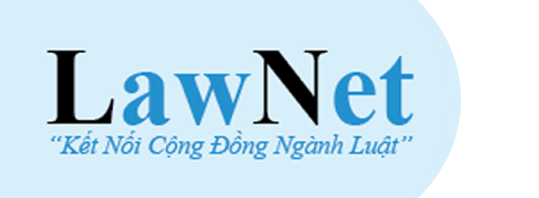What is an open-end fund? What are the regulatios on the investment portfolio of open-end funds in Vietnam? - Thi Chinh (Hue, Vietnam)

What is an open-end fund? Investment portfolio of open-end funds in Vietnam (Internet image)
1. What is an open-end fund?
According to Clause 39, Article 4 of the Law on Securities 2019, an open-end fund is a public fund whose publicly offered fund certificates have to be redeemed at the request of the investors.
In there:
- A public fund is a securities investment fund that publicly offer fund certificates.
- Fund certificates are securities that certify their holders’ ownership of a stake in a securities investment fund.
(Clause 4, 38, Article 4 of the Law on Securities 2019)
2. Investment portfolio of open-end funds in Vietnam
According to Clause 1, Article 35 of Circular 98/2020/TT-BTC, the fund's investment portfolio must be conformable with its investment objectives and policies specified in the fund's charter and prospectus.
The fund may invest in the following assets:
(1) Deposits at commercial banks as prescribed by the Law on banking;
(2) Money market instruments, including financial instruments and negotiable instruments as prescribed by law;
(3) Government’s debt instruments, Government-backed bonds and municipal bonds;
(4) Listed shares, shares registered for trading, bonds listed on SE, and public fund certificates;
(5) Shares initially offered to the public, bonds offered to the public; corporate bonds privately placed by listed organizations with payment guarantee by credit institutions or with the issuer's commitment to repurchase at least 30% of the value of the bond offering at least once every 12 months;
(6) Derivatives listed on SE and used for prevention of risks to underlying securities held by the fund;
(7) Rights arising in connection with securities held by the fund.
(Clause 2, Article 35 of Circular 98/2020/TT-BTC)
3. Investment limit of open-end funds in Vietnam
Pursuant to Clause 4, Article 35 of Circular 98/2020/TT-BTC, the structure of the investment portfolio of an open-ended fund must ensure the following investment limits:
- Except deposits on the fund’s checking account opened at the supervisory bank, the open-end fund shall not use more than 49% of total value of the fund’s assets to invest in the assets specified in item (1), (2) of Section 2. This regulation does not apply to bond funds;
- The fund shall not invest in more than 10% of total value of outstanding securities of an issuer, except Government’s debt instruments;
- The fund shall not invest more than 20% of total value of its assets in outstanding securities and other assets (if any) specified in item (1), (2) of Section 2 of an issuer, except Government’s debt instruments;
- The fund shall not invest more than 30% of total value of its assets in the assets specified in item (1), (2), (3), (4) and (5) of Section 2 of companies in the same group of:
+ Parent company-subsidiaries;
+ Companies holding more than 35% of each other’s shares/stakes;
+ Subsidiaries of the same parent company.
In which, the investment in derivatives shall be the value agreed upon in the contract determined according to Appendix XIV enclosed with Circular 98/2020/TT-BTC;
- The fund shall not invest more than 10% of total value of its assets in the assets specified in item (5) of Section 2;
- Total value of major investments in the fund’s investment portfolio shall not exceed 40% of total value of its assets, except bond funds. A major investment is an investment in the assets specified in item (2), (4), (5) and (7) of Section 2 (except deposit certificates) of an issuer, which is worth at least 5% of total value of the fund’s assets;
- Total value of derivative transactions, outstanding debts and amounts payable of the fund shall not exceed the fund’s NAV at any time;
- The fund shall not invest in its fund certificates;
- The fund may invest in other public fund certificates and public securities investment companies managed by other fund management companies, but shall not:
+ Invest in more than 10% of total outstanding fund certificates of a public fund or total outstanding shares of a public securities investment company;
+ Invest more than 20% of total value of its assets in fund certificates of a public fund or shares of a public securities investment company;
+ Invest more than 30% of total value of its assets in public fund certificates or shares of public securities investment companies;
- The fund shall not directly invest in real estate, precious stones and precious metals;
- It must hold securities of at least 06 issuers, except bond funds.
Van Trong
- Key word:
- open-end fund in Vietnam
 Article table of contents
Article table of contents





.Medium.png)
.Medium.png)
.Medium.png)
.Medium.png)
